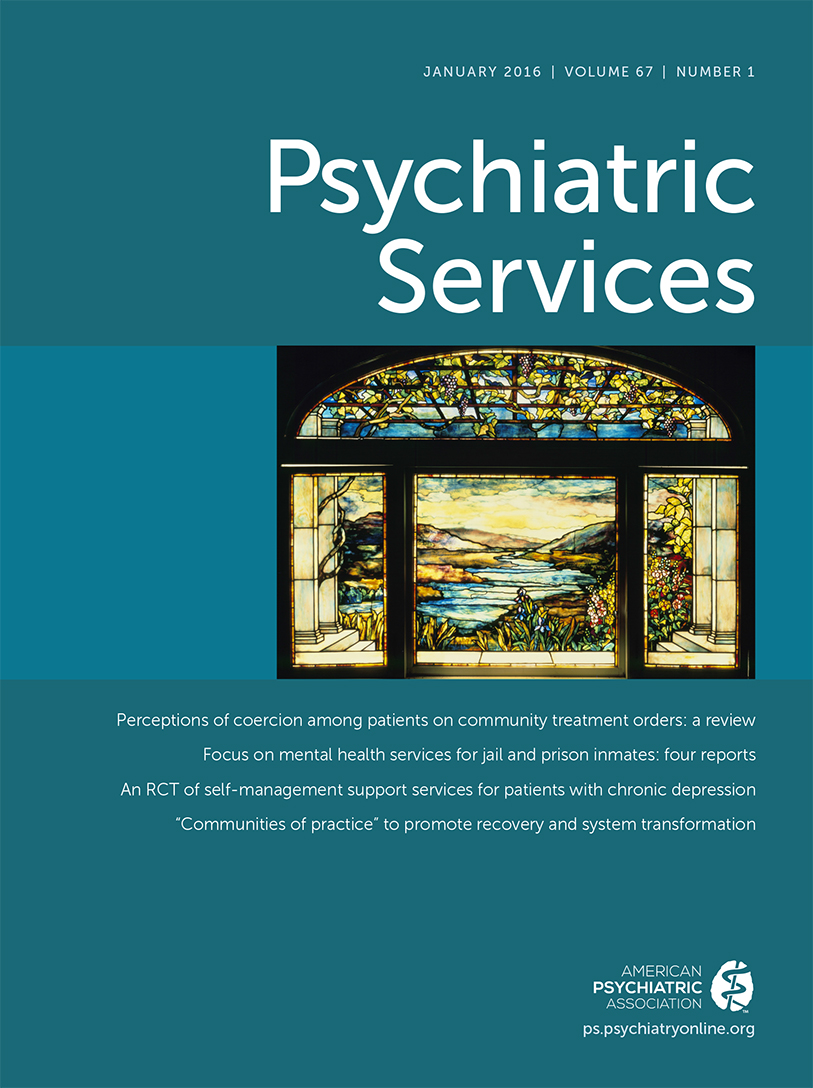Role of Context, Resources, and Target Population in the Fidelity of Critical Time Intervention
Abstract
Objective:
The goal of this study was to understand departures from a model program, critical time intervention (CTI), when used with a population of men with mental illness who were leaving prison, a new population for the intervention.
Methods:
A fidelity study was conducted with the CTI Fidelity Scale Manual, and six program staff participated in semistructured interviews. Thematic analysis of interviews supplemented information on departures from the model.
Results:
The overall fidelity score indicated a well-implemented program, but low scores on early engagement, early linking with community resources, monitoring the transfer of services from CTI to community services, and nine-month follow-up were related to the context of the prison setting, the population of men leaving prison, and environmental resources.
Conclusions:
The setting in which evidence-based practices are applied, the environmental resources available, and the target population may affect program fidelity.



